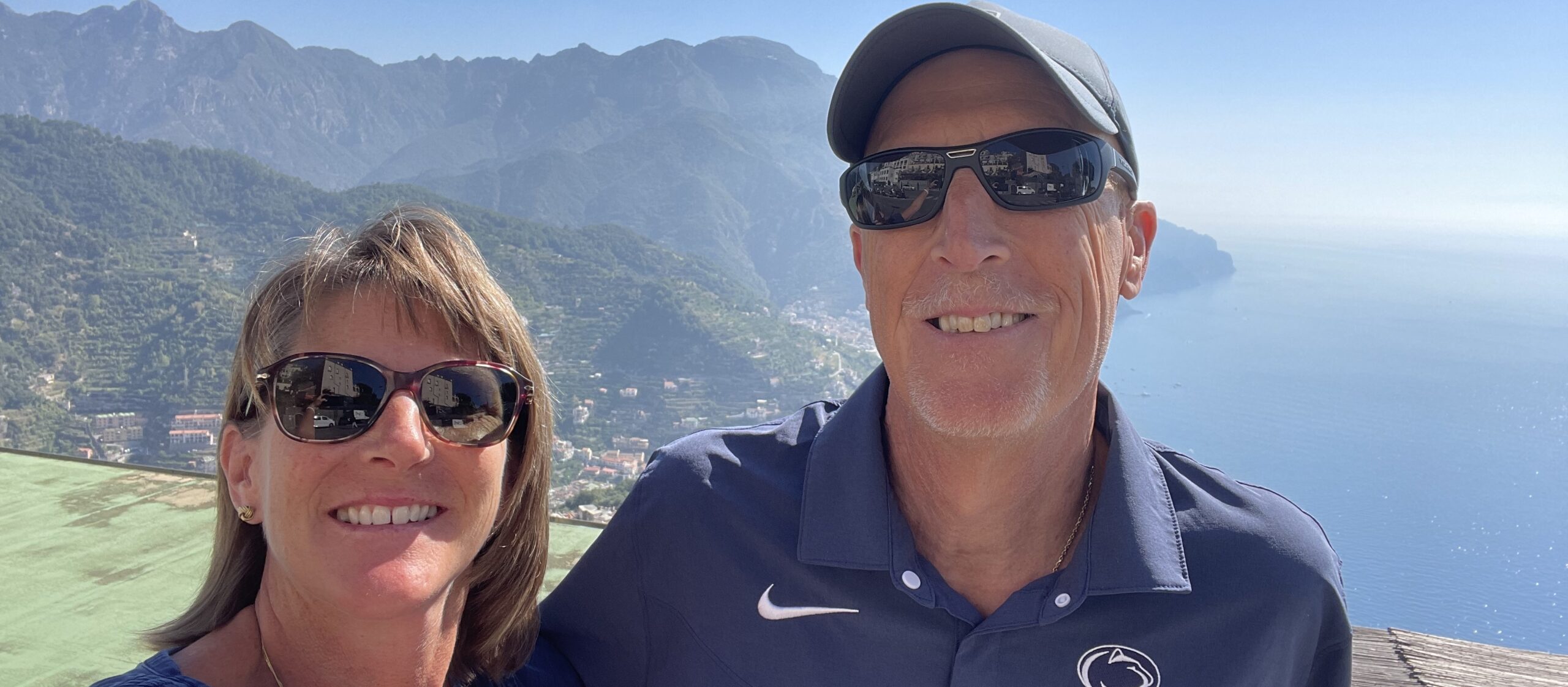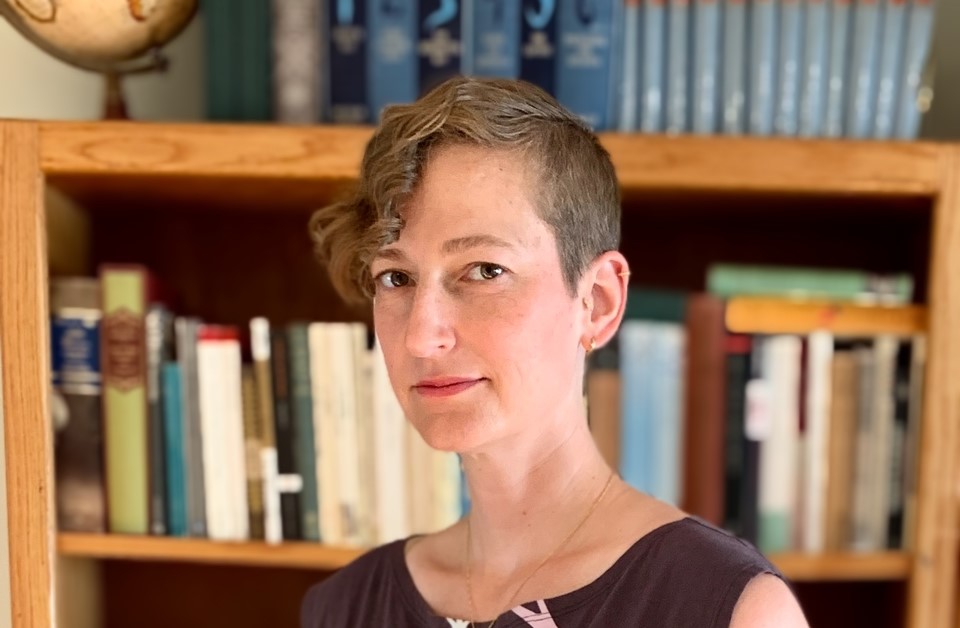Rhode Island ranks first in nation in lung cancer survival
After developing a persistent cough, Dr. James Fanale, former president and chief operating officer of Care New England, was diagnosed with stage 4 lung cancer in March 2022. Used to working 80 to 100 hours a week, he led one of the state’s largest medical systems through the pandemic. Now Fanale faced a life-threatening disease. As a physician, he knew the odds were against him.

“Twenty years ago, the longevity for patients with stage 4 lung cancer was 10 to 12 months,” he wrote in an editorial published recently in the Journal of the American Geriatrics Society. But he also knew that has changed, thanks to the development of multiple new treatment options for lung cancer.
Fanale is currently enrolled in a clinical trial at Dana-Farber Cancer Institute testing an antibody-drug conjugate, which precisely targets and destroys cancer cells with a payload of chemotherapy. It’s been more than 20 months after his diagnosis, and Fanale’s cancer has not progressed. He credits scientific advances as well as excellent caregivers, chief among them his wife, Deb, an oncology nurse.
“People ask me when will I be done with chemo,” Fanale says. “And in this case, because you can’t cure it, you hope you’re never done.”
A woman named Jody, an arts educator who was diagnosed with stage 4 lung cancer in February 2023, has also benefited from advances in treatment. She is being treated at Rhode Island Hospital with chemotherapy combined with an immunotherapy, designed to ramp up the immune system’s ability to target and kill cancer cells.
She felt completely healthy until she suffered a brain bleed that sent her to the emergency room. Doctors discovered lung cancer that had spread to her brain, spine, and hips. “I was petrified,” she says. “I didn’t know what to expect.” Initially she thought she only had months to live.
Nearly a year later, she’s doing well. “My last set of scans showed no sign of cancer in my brain, spine, or hips,” Jody says. “The main cancer in my lungs has shrunk from 2.9 centimeters and dense looking to 1.1 centimeters that looks like streaky clouds.”
She asked that her last name and identifying details not be used because some of her friends and relatives don’t know she has cancer. “I didn’t want people to look at me and do that RCA-dog thing where they tilt their head and say awwww,” she says. “I’m not hiding from it but I’m not wearing a sandwich board.”
The chemotherapy caused hair loss, but her access to theatrical supplies helped. “I stocked up on a lot of wigs,” she says. “Today I’ll be blonde. Tomorrow something else. I embraced it.”
Lung cancer is the second most common type of cancer diagnosed in the United States, according to the American Cancer Society, and the leading cause of cancer death. In a special report, the ACS noted that the disease is so deadly for two reasons: it’s usually diagnosed after the cancer has advanced and until recently treatment has been ineffective. However, as the experiences of both Jody and Fanale show, that is changing.
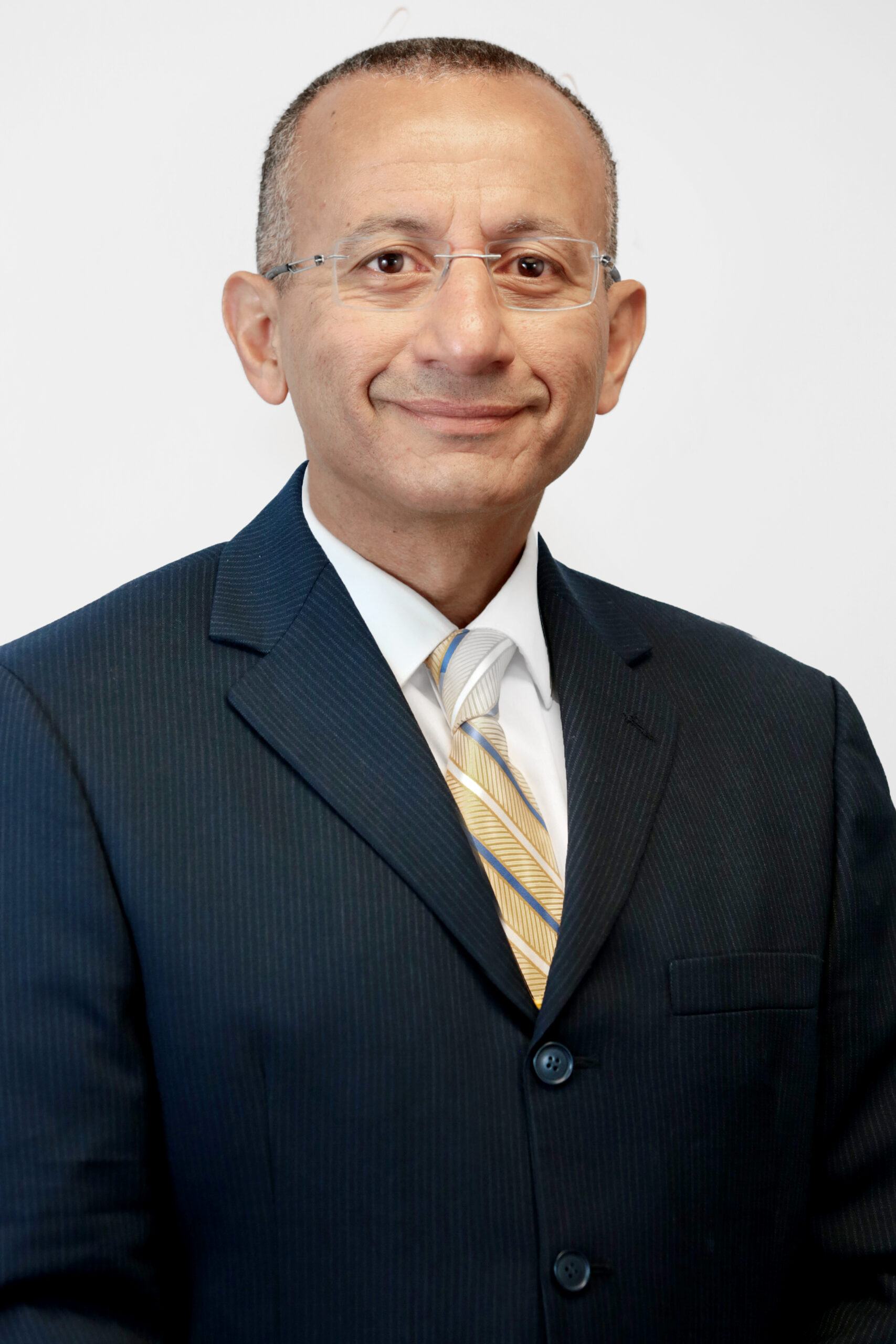
The American Lung Association recently reported that in 2023 Rhode Island ranked first in the nation for lung cancer survival. About one in three people diagnosed in Rhode Island with lung cancer are alive five years later, compared with a national average of one in four. The report also notes that the survival rate in the state has improved by 41% in the past five years. Unfortunately, Rhode Island ranks below average when it comes to preventing lung cancer. The rate of new lung cancer diagnoses in Rhode Island was 64.4 per 100,000 people—significantly higher than the national rate of 54.6 per 100,000.
“Although we are doing relatively well compared to other states, there is still a lot of room to improve,” says Dr. Abbas El-Sayed Abbas, chief of thoracic oncology at the Lifespan Cancer Institute. While surgical techniques have improved and drug options have multiplied, he says that lung cancer remains a complicated disease and requires an individualized approach.
“When a patient is diagnosed with lung cancer, we have a multidisciplinary conference with all the specialties, the pulmonologist, oncologist, radiologist, and radiation oncologist” to discuss options, he says. “Usually at that meeting a decision is made about the stage of the cancer, what additional studies the patient may need, and what treatment we propose.”
Surgery remains a mainstay of treatment. “We’ve shown time and time again that surgery, whenever possible, is the modality that gives patients the best outcome,” says Abbas. “Many studies have shown survival of upward to 94% for early-stage lung cancer if patients have surgery. In later stages, surgery can be combined with chemotherapy and immunotherapy.”
Surgical techniques are being refined.
“Recently there were two big studies, one from the United States and one from Japan, that showed for many cancers, we don’t have to remove the large part of the lung,” says Abbas. For years, a lobectomy—the removal of a large section, or lobe, of the lung—used to be the standard of care. “But now we’ve learned that we can do a much smaller operation, segmentectomy, with patients surviving as long or even longer than after a lobectomy,” says Abbas.
Other advances are taking place in robotic lung surgery, which is less invasive than traditional open-chest surgery. Abbas says most surgeries for lung cancer at Lifespan are now done robotically. In addition, Rhode Island Hospital has “a really advanced tool called robotic navigational bronchoscopy,” Abbas says. “It’s like a robotic GPS system that guides the endoscopist to a lung nodule. In one outpatient procedure, this can provide a diagnosis, staging, and enable us to sample lymph nodes,” Abbas says. “We can also localize the nodule for minimally invasive future surgery.” (To learn more about this device and watch a video about it, see this report by Barbara Morse at WJAR.)
Genetic advances have led to new drug development. Lung cancer has traditionally been divided broadly into two main types: small cell lung cancer and non-small cell lung cancer. However, in recent years “non-small cell lung cancer has been redefined as 20 different diseases based on gene mutations that help determine the subtype,” says Dr. Christopher Azzoli, director of thoracic oncology at the Lifespan Cancer Institute. That’s why “it’s absolutely essential that the tissue obtained during biopsy is analyzed for gene mutations.”
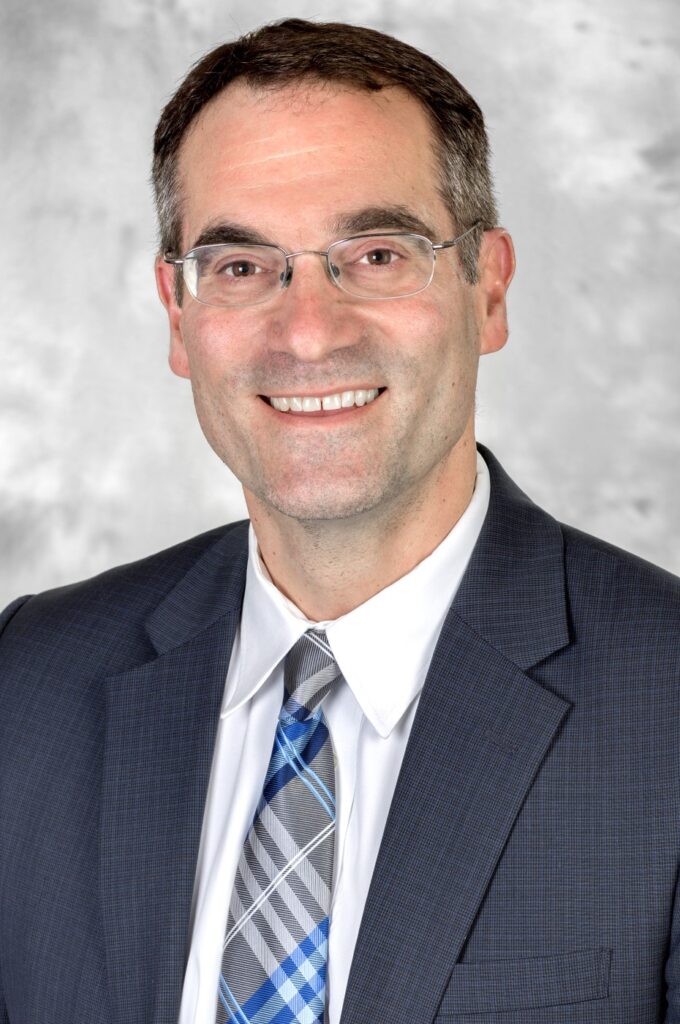
Such “actionable” mutations are targeted by a new generation of drugs such as tyrosine kinase inhibitors, monoclonal antibodies, and antibody-drug conjugates. These drugs work in different ways to precisely target the molecular switches that enable lung cancer to grow.
The most common form of lung cancer is adenocarcinoma. “Nearly half of patients diagnosed with adenocarcinoma will have an actionable gene mutation,” Azzoli says. “For the less common form of lung cancer, squamous, it’s only 5%. And for small cell lung cancer, right now 0% have an actionable mutation.”
“For the subtypes driven by the genes EGFR or ALK, the drugs have improved overall survival five times as long when compared to traditional chemotherapy,” Azzoli says. Other advances have been made in the development of immunotherapies. “Immune therapies have doubled survival compared to chemo alone,” Azzoli says.
In spite of the advances, lung cancer treatment is still daunting. Jody’s cancer contains a KRAS gene mutation, one of the most common genetic changes in lung cancer. Her team at Rhode Island Hospital recommended a regimen that combines infusions of chemotherapy with the checkpoint inhibitor pembrolizumab (Keytruda). The drug targets a checkpoint protein on immune T cells that acts like a brake, which stops them from attacking cancer cells. By inhibiting the checkpoint, the drug releases the brake and enables T cells to kill tumor cells.
Jody undergoes treatment every three weeks. The first rounds of treatment were rough. “My hair fell out. I was throwing up. I developed a horrible rash from the Keytruda,” she says. Her once-mild cataracts suddenly worsened to the point where she had to have cataract surgery.
Over time things got better.
“Every single infusion seems to come with less side effects,” she says. “I’m really tired for the first few days afterwards,” but otherwise she feels well.
Her doctors have warned her the reprieve may not last. “The metaphor my doctor used was that I’m building a house and it’s probably going to stand for a good long time,” Jody says. “But every now and then a hurricane may come and blow the house down. So you have to be prepared.”
For now, she and her family are grateful. “It’s been a bizarre ride, but every time I sit up and look around, I’m still here. I can go dancing if I want to.”
She and her husband recently celebrated their 33rd anniversary. “We’ve gone to shows and concerts. My doctor tells me that my blood panels are as normal as my husband’s.”
She credits her great care team at Rhode Island Hospital. “My doctor is amazing. What a bedside manner,” she says. “I feel very strongly that a positive experience and positive attitude make a huge difference in how well you can weather this stuff.”
Fanale also feels like he’s weathering a storm. At Dana-Farber, his initial course of treatment only worked for a few months. He’s now participating in a phase 1 trial that is studying the effects of giving treatment at different intervals. His doctors are monitoring disease progression and side effects.
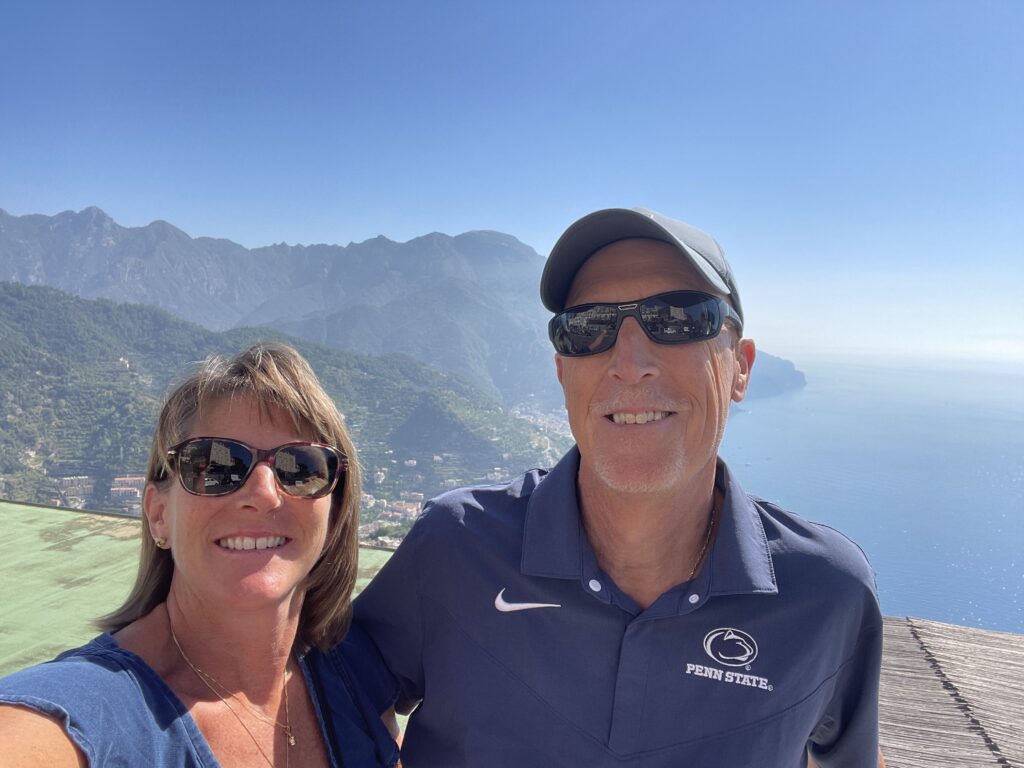
So far, severe fatigue—which Fanale likens to feeling like he’s stuck in cement—has been a significant issue. So has peripheral neuropathy, which causes pain and tingling in the nerves of the hands and feet. He also suffers periodic nausea and gastrointestinal issues.
Other challenges have been mental. As he wrote in the editorial, he tries not to be overwhelmed by “scanxiety, where you live between scans, awaiting the next one’s results with great anxiety.” But it’s hard to cope.
“I’ve been going for 20 months now,” he told Ocean State Stories. “I’ve had probably 20 CT scans and MRIs. It’s a lot of work. The outcomes are great. But it does carry a price. For the patients and the caregivers.”
That has motivated him to help educate other physicians about the reality of life on the other side of a cancer diagnosis. “I had seen lots of patients over the years. I thought I knew everything,” he says. “But I didn’t know anything about what the patients go through.”
He has written a book about his experiences, Onward: A Teaching And A Love Story—For Physicians And Everyone (all royalties are donated to Dana-Farber). He has also offered to speak about his experiences to medical students, residents, and physicians. In January, he’ll be giving a talk to the geriatrics faculty at the University of Massachusetts Chan Medical School.
Prevention of lung cancer and earlier detection would save more lives. Although Fanale never smoked, and Jody stopped decades ago, cigarette smoking causes 80% of lung cancers. According to the ALA, about 12.4% of people in Rhode Island continue to smoke, which matches the national average of 13.5%.
The United States Preventive Services Task Force recommends annual lung cancer screening with low-dose CT scans for people who:
- Are 50 to 80 years old
- Have a 20 pack-year smoking history (defined as one pack a day for 20 years, two packs a day for 10 years, etc.), and
- Currently smoke cigarettes or quit within the past 15 years
Medicare and most private insurers cover the cost of screening for people who meet these criteria. However, only a small proportion of people eligible for screening get it. The ALA reports that 9.1% of people at high risk for lung cancer in Rhode Island were screened. “We can probably save lives just by encouraging people who qualify for screening to get their screening,” says Abbas. “Just like people get mammograms. It is vitally important.”

